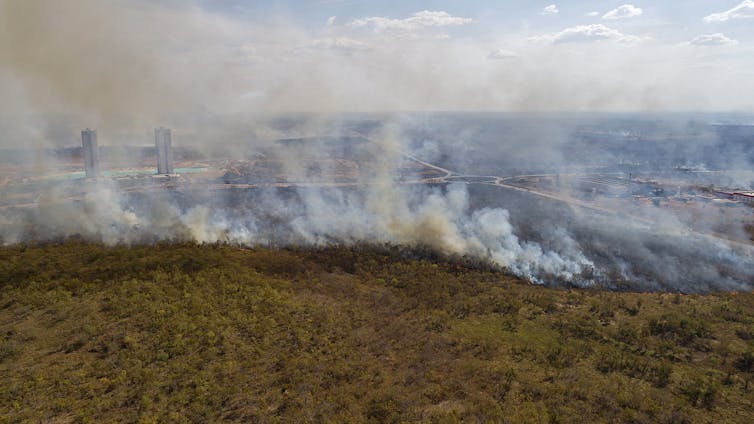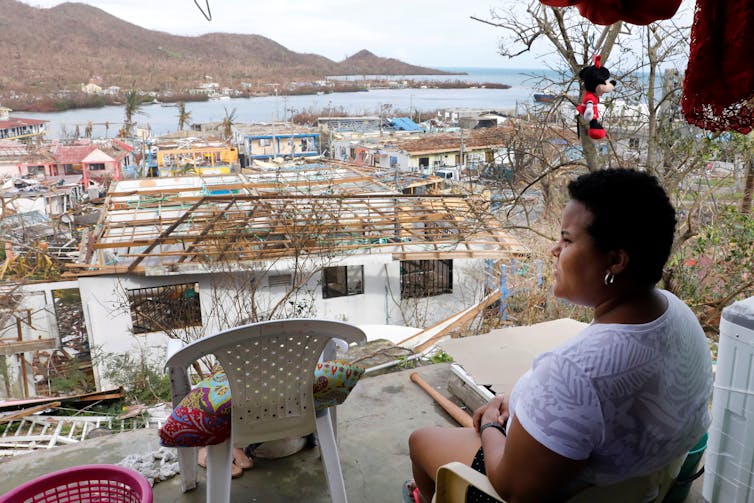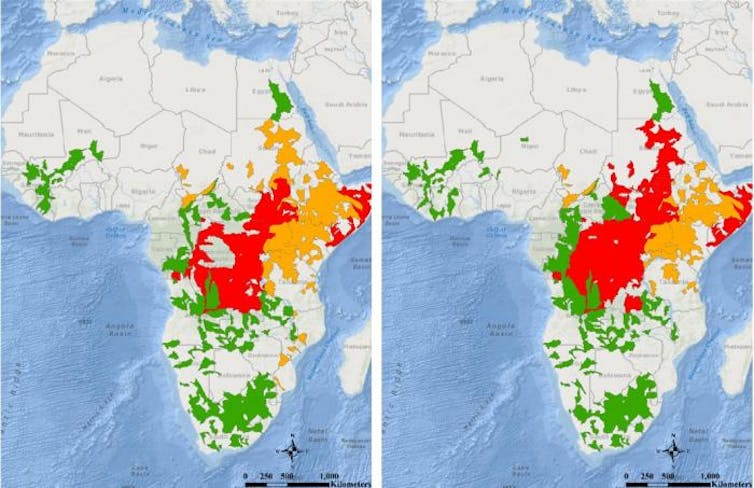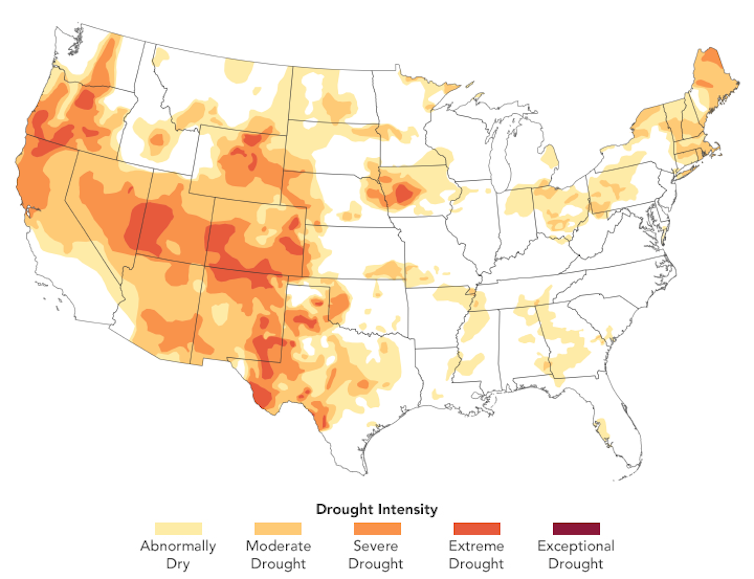Conservatives Spent 2020 Accusing Facebook of Being Biased Against Them, but Engagement Data Tells a Different Story
In 2020, right-leaning Facebook pages consistently earned more interactions than ideologically nonaligned and left-leaning pages—again.

Right-leaning pages earned over 45% of all interactions on posts from political
Facebook pages. (Photo: flickr/GostGo/cc)
Research contributions from Carly Evans & Spencer Silva
In 2020, right-wing media outlets and figures repeatedly claimed that social media platforms, particularly Facebook, are biased against conservatives and censor their content, even though there is no evidence to support these claims. Media Matters and others have demonstrated again and again that no such bias or censorship exists. In fact, there are numerous examples of Facebook capitulating to conservatives and giving right-wing pages preferential treatment.
In this latest study, Media Matters found that right-leaning Facebook pages consistently earned more engagement in 2020 than ideologically nonaligned and left-leaning pages -- and the Facebook pages with the most engagement include prominent right-wing media outlets and figures, such as Donald J. Trump, Fox News, Ben Shapiro, Breitbart, Dan Bongino, and the Daily Mail.
Media Matters used CrowdTangle data to compile and analyze millions of posts from right-leaning, left-leaning, and ideologically nonaligned Facebook pages about U.S. political news that were posted between January 1 and December 15, 2020. We found that right-leaning pages earned over 45% of all interactions on posts from political Facebook pages. Other key findings include:
- Right-leaning pages earned the most interactions this year, with nearly 9 billion interactions on roughly 2.3 million posts. Right-leaning pages accounted for 45% of total interactions from political pages and nearly 30% of total posts.
- Ideologically nonaligned pages earned 5.7 billion interactions this year on roughly 4.5 million posts. These pages accounted for less than 30% of total interactions from political Facebook pages, despite being over 55% of total posts.
- Left-leaning pages earned nearly 5 billion interactions this year on roughly 1.3 million posts. These pages accounted for over 25% of total interactions for political pages and posted only 16% of total posts.
- Right-leaning pages also had the highest interaction rate, a performance metric that measures the engagement of a Facebook page in relation to the number of page “likes” it has and how frequently it shares posts. Conservative pages had an overall average interaction rate of 0.97%, while left-leaning pages had a rate of 0.83% and nonaligned pages had a rate of only 0.27%.

Right-leaning pages consistently earned more weekly interactions
In addition to earning the most interactions overall, right-leaning pages consistently earned more weekly interactions than ideologically nonaligned and left-leaning pages between January 1 and December 15. The only exception was two weeks in March when news coverage was dominated by developments in the COVID-19 pandemic. During this time, ideologically nonaligned pages earned 2-3 million more interactions than right-leaning pages.
In the second half of the year, the gap in performance between right-leaning pages and the others in our data set widened following nationwide protests against police brutality and systemic racism and in the lead-up to the presidential election. During this time period, right-leaning pages substantially outperformed other pages and earned over 100 million more average weekly interactions than either ideologically nonaligned and left-leaning pages between June 3 and December 15.

Right-leaning pages account for 6 of the top 10 political pages that earned the most engagement
Of the 10 political pages that earned the most engagement between January 1 and December 15, six are right-leaning pages, two are ideologically nonaligned pages, and two are left-leaning pages. President Donald Trump’s Facebook page leads the top 10 with over 867 million interactions in 2020.
The top 10 Facebook pages posting about U.S. political news in 2020 were:
- Donald J. Trump, a right-leaning page which earned over 867 million interactions on over 6,200 posts.
- Occupy Democrats, a left-leaning page which earned nearly 615 million interactions on over 20,900 posts.
- Fox News, a right-leaning page which earned over 511 million interactions on over 17,300 posts.
- Ben Shapiro, a right-leaning page which earned nearly 380 million interactions on over 33,400 posts.
- Breitbart, a right-leaning page which earned over 338 million interactions on over 20,700 posts.
- UNICEF, an ideologically nonaligned page which earned over 324 million interactions on over 1,700 posts. (UNICEF has partnered with Facebook for public health education, and Facebook’s info panel has been boosting the page’s posts.)
- The Other 98%, a left-leaning page which earned over 250 million interactions on nearly 10,000 posts.
- Dan Bongino, a right-leaning page which earned over 235 million interactions on over 5,000 posts.
- CNN, an ideologically nonaligned page which earned over 228 million interactions on over 20,300 posts.
- Daily Mail, a right-leaning page which earned over 219 million interactions on over 48,500 posts.

Methodology
Using CrowdTangle, Media Matters compiled a list of 1,773 Facebook pages that frequently posted about U.S. politics from January 1 to August 25, 2020.
For an explanation of how we compiled pages and identified them as right-leaning, left-leaning, or ideologically nonaligned, see the methodology here.
The resulting list consisted of 771 right-leaning pages, 497 ideologically nonaligned pages, and 505 left-leaning pages.
Using CrowdTangle, Media Matters compiled overall and weekly leaderboard data for the pages on this list between January 1 and December 15, 2020. We reviewed data for these pages, including total interactions (reactions, comments, and shares), total posts, pages likes, and interaction rate. CrowdTangle calculates the interaction rate of a group of pages by dividing the total number of interactions (reactions, comments, and shares) earned on all posts from the pages by the total number of posts from the pages, and then dividing by average page likes for the pages. For this calculation, average page likes is based on the page likes for each page at the end of the time frame.
© 2020 Media Matters for America













